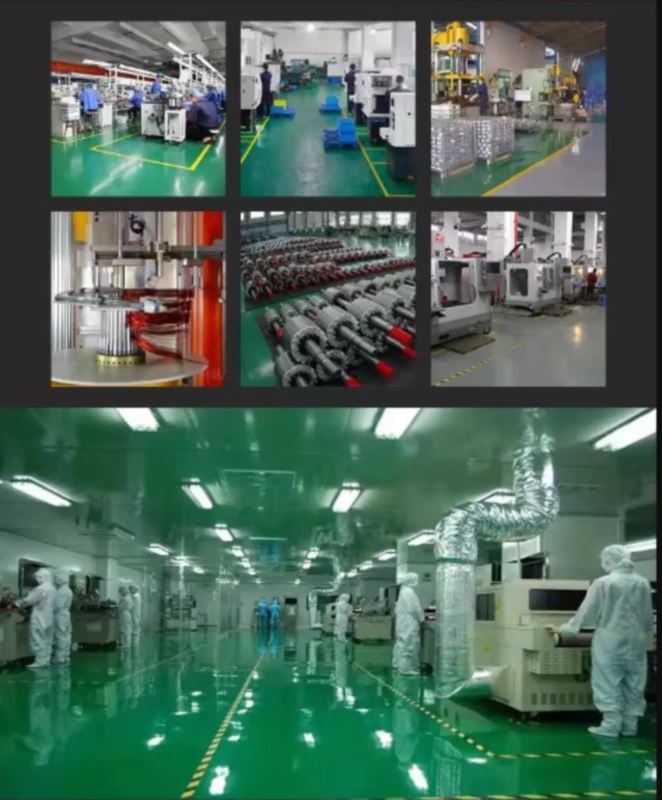Servo Motors
HIGH QUALITY PRECISE MANUFACTURER
&SUPPLIER
A Premier Servo Motor Manufacturing and Sales Corporation
Our company specializes in the production and sales of servo motors, dedicated to providing our customers with the most reliable and high-performance motor solutions. With years of experience in the industry, we have established a strong reputation for our precision engineering and innovative technology. Our servo motors are designed to offer exceptional precision, stability, and durability, making them suitable for a wide range of applications across various industries.
We pride ourselves on our commitment to quality and customer satisfaction. Our team of experts is constantly working to improve our products and services, ensuring that we meet the needs and expectations of our clients. Whether you’re looking for a standard servo motor or a customized solution, we have the expertise and capabilities to meet your requirements.
By choosing our company, you can rest assured that you’re getting the best in servo motor technology and service. We look forward to partnering with you and helping you achieve your motor control objectives.
Servo Motor For Sale
-
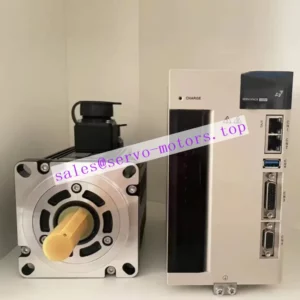
2KW 7.7N.M High precision IP65 AC servo motor with encoder, Servo Motor and Driver
-
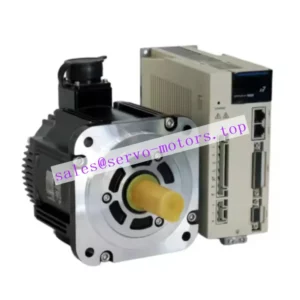
CNC servo 2.4KW 15.2N.M 3000RPM servomotors high torque servo motor with drive kit
-
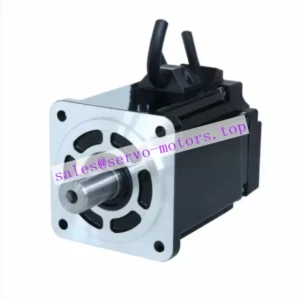
Energy Saving 1000W Servo Motor Kit 1KW 3.2Nm 5000RPM Modbus485 CANOpen EtherCat Servo Motor and Drive with Oil Seal and Brake
-
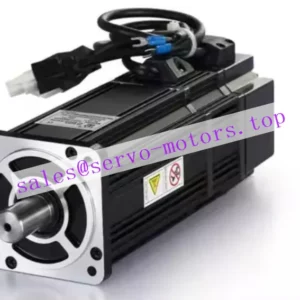
Factory 220V CNC Lathe Machine 0.2kw 0.64 1.91N.m 3000 5000 rpm 60mm AC Servo Motor
-
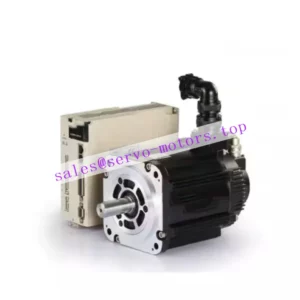
Factory price 220V CNC Lathe Machine 130SY-M15015 130mm 15N.m 1500rpm servo drive kit AC servo motor
-
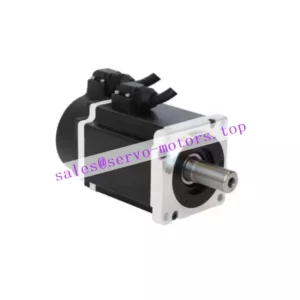
servo motor set 400 750 1000w 10N.m 3600rpm AC Servo Motor with servo drive
Advantages of servo motors compared to other motors
| Feature | Servo Motors | Stepper Motors | General AC/DC Motors |
|---|---|---|---|
| Control Precision | High precision due to feedback system | Moderate precision without feedback | Low precision, general-purpose control |
| Torque at Low Speed | High torque at low speeds | Moderate to high torque at low speeds | Lower torque at low speeds |
| Speed Range | Very wide, can operate at high speeds | Limited high-speed capabilities | Moderate, depends on the type |
| Efficiency | High efficiency with minimal energy loss | Less efficient, especially at low speeds | Varies, generally less efficient |
| Feedback System | Integral feedback for precise control | No feedback, open-loop control usually | Typically open-loop, feedback possible |
| Complexity and Cost | Higher complexity and cost | Simpler and more cost-effective | Simpler and generally lower cost |
| Ease of Use | Requires tuning and setup | Easier to set up and operate | Easy to operate, standard designs |
| Responsiveness | Very responsive to commands | Less responsive than servo motors | Generally less responsive |
| Maintenance | More complex maintenance | Low maintenance | Maintenance varies by design |
| Noise | Generally quiet operation | Can be noisy at higher speeds | Noise level varies, generally moderate |
| Stability & Reliability | Highly stable and reliable | Less reliable in high-demand applications | Stable, reliability varies |
| Energy Consumption | Consumes power based on load | Constant energy use regardless of load | Constant or variable energy consumption |
| Position Holding | Does not require power to hold position | Requires power to hold position | Typically requires power for holding |
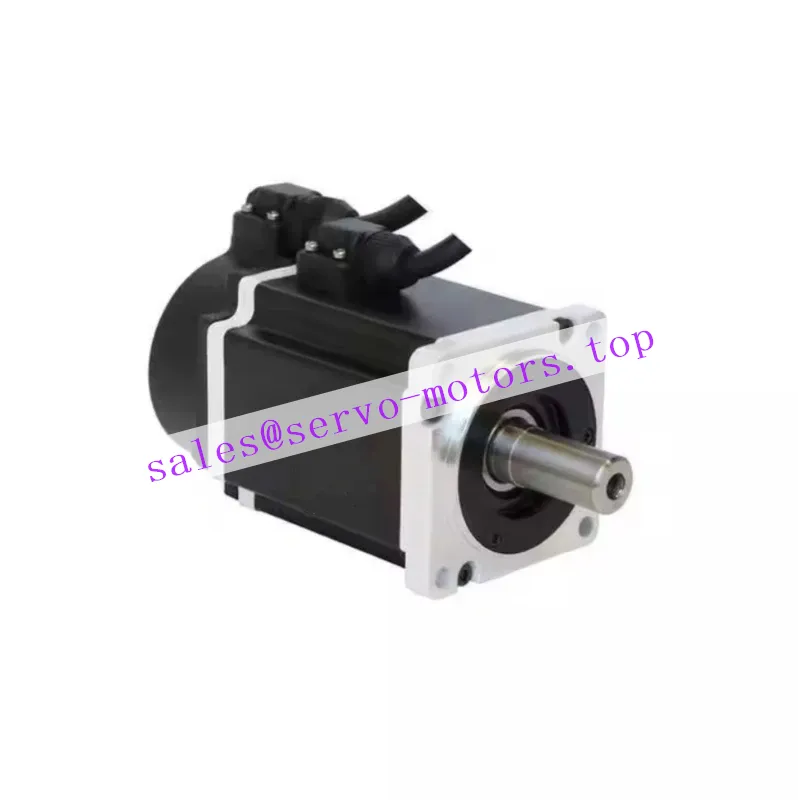
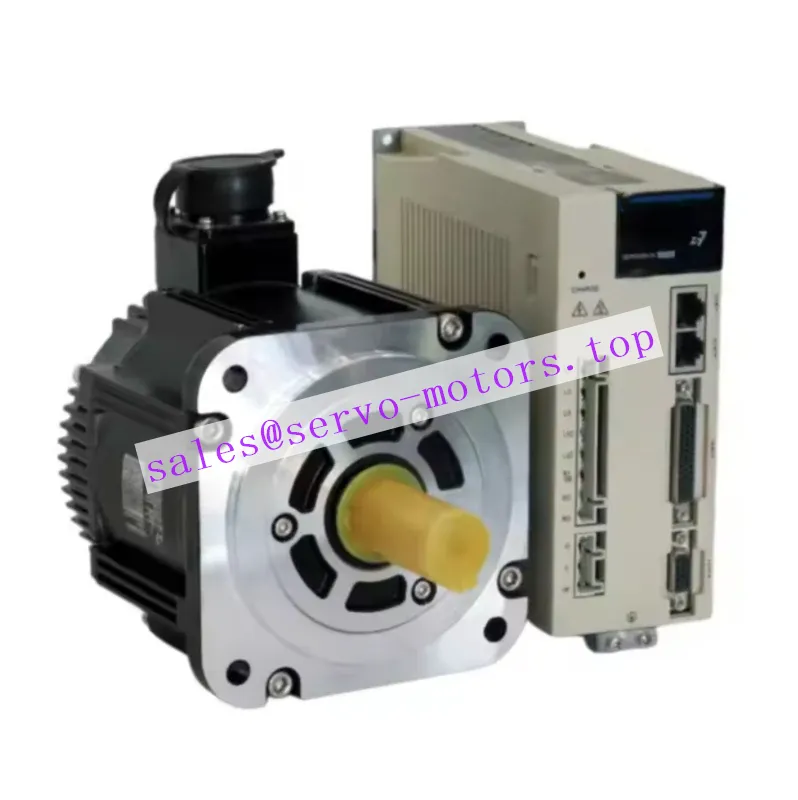
What is a servo motor?
Servo Motor is an engine that controls the operation of mechanical components in a servo system. It is an indirect transmission device that assists the motor. Servo motors have very accurate control speed and position accuracy and can convert voltage signals into torque and rotational speed to drive control objects. Its working principle is similar to the feedback control system. When the control signal is sent to the control circuit of the servo motor, the control circuit will adjust the speed and position of the engine according to the feedback signal to accurately achieve the predetermined target.
The main features of servo motors include small electromechanical time constant, high linearity, starting voltage, etc., and can quickly respond to changes in input signals. In addition, servo motors also have the advantages of high precision, high efficiency, good stability, and easy maintenance. Servo motors can be divided into DC and AC depending on the type. Their main characteristics are that there is no rotation when the signal voltage is zero, and the rotation speed decreases at a constant speed as the torque increases.
Servo motors are widely used in automation control, robotics, CNC machining, industrial production lines, and other applications requiring precise angle, speed, and position control. They are used in conjunction with other control systems, sensors, and controllers to achieve more complex motion control and automation functions, thereby improving production efficiency, product quality, and operating costs.
How do servo motors work?
The working principle of the servo motor is based on a closed-loop control system, which achieves precise driving of mechanical components by receiving input signals and accurately controlling its output. Specifically, the working principle of the servo motor can be broken down into the following key steps:
First, the control system sends a command signal containing the desired position, velocity, or acceleration information. The command signal can be a voltage signal, a pulse signal, or other electronic signal.
Next, the servo motor driver receives this command signal and converts it into a current or voltage signal suitable for the motor’s operation. The driver is the core part of the servo motor control system. It is responsible for converting the command signal into one the motor can understand and execute.
Then, after receiving the current or voltage signal output by the driver, the motor starts to rotate or move according to the command signal’s requirements. Servo motors usually have high-precision encoders or sensors for real-time detection of the motor’s position and speed information.
During the motor’s movement, the encoder or sensor continuously feeds back the motor’s actual position, speed, and other information to the control system. The control system calculates the error signal by comparing the command signal and the feedback signal and adjusts the driver’s output according to the error signal to correct the motor’s motion state.
By constantly comparing the command signal and the feedback signal and adjusting the driver’s output, the control system can ensure that the servo motor moves accurately according to the command signal’s requirements. This closed-loop control method ensures that the servo motor has very high accuracy and stability and can meet various complex and precise control needs.
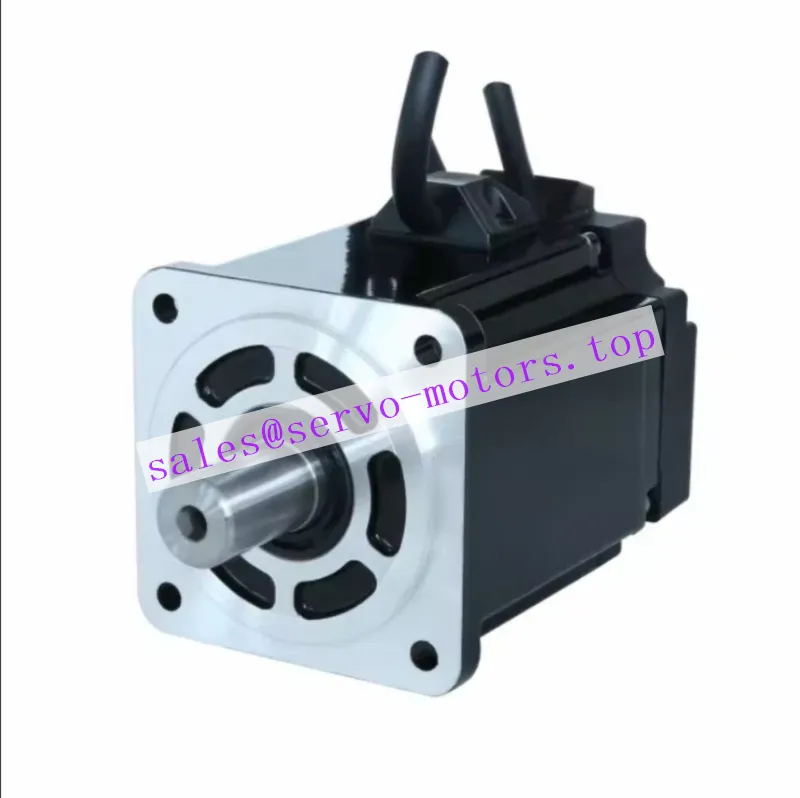
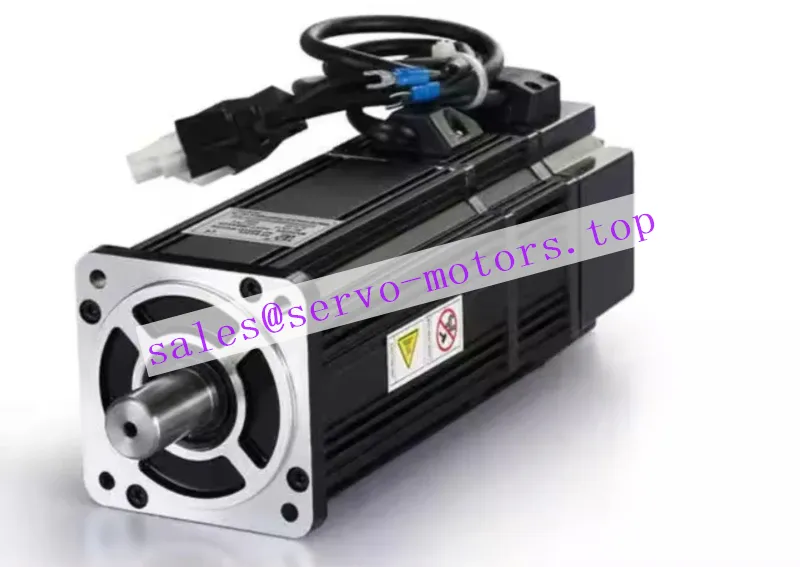
Key components in servo motors and their functions
A servo motor is a complex system containing several key components, each integral in ensuring the motor’s precise and efficient operation. Here is a brief introduction to these components and their respective roles:
1. Motor body: The motor body is the core component of the servo motor. It converts electrical energy into mechanical energy through the principle of electromagnetic induction. It consists of a motor rotor and a stator. The rotor generates a magnetic field through permanent magnets, and the stator generates a magnetic field through coils. When the two interact, the motor can rotate or produce linear motion.
2. Controller: The controller is the “brain” of the servo motor. It is responsible for receiving signals or instructions from the outside and calculating the control signals according to the preset control algorithm. These control signals are then sent to the motor driver for precise control of motor movement. The controller can precisely control position, speed, and torque, ensuring the motor can act accurately according to instructions.
3. Driver: The driver is the bridge connecting the controller and the motor body. It converts the controller’s control signals into current and voltage signals that the motor can understand. The driver is not only responsible for driving the motor to rotate but also adjusts the motor’s speed, steering, and output torque according to the control signal. Through the driver’s function, the motor can achieve smooth start, stop, speed regulation, and high-precision position control.
4. Feedback device: The feedback device is integral to the servo motor closed-loop control system. It usually consists of an encoder and corresponding circuits. The encoder can detect the motor’s position, speed, and steering information in real-time and feed this information back to the controller. The controller adjusts the motor movement in real-time based on the comparison between the feedback signal and the command signal to ensure the motor movement’s accuracy. The feedback device gives the servo motor higher control accuracy and stability.
Blog
Key components in servo motors and their functions
1. Manufacturing: In automated production lines, servo motors are used to control the precise movement of machines such as assembly, marking, welding, and cutting machines.
2. Robotics: In industrial and service robots, servo motors provide precise motion control, allowing them to perform delicate operations.
3. Packaging industry: Servo motors control the speed and position of conveyor belts in packaging machinery to ensure efficient and precise packaging processes.
4. Medical Equipment: In the medical industry, servo motors are used in a variety of equipment, such as surgical robots, diagnostic equipment, and treatment equipment, which require extremely high precision and reliability.
5. CNC Machine Tools: Servo motors are core components of modern CNC machine tools and are used to precisely control the position and speed of cutting tools.
6. Printing industry: In the printing industry, servo motors are used to control the precise transportation and positioning of printing materials to ensure printing quality.
7. Textile industry: Servo motors are used in textile machinery to accurately control the tension and movement of fabrics to improve production efficiency and product quality.
8. Aerospace: In the aerospace field, servo motors are used to control various systems of aircraft, including navigation and driver assistance systems.
9. Entertainment Industry: Servo motors are used in entertainment equipment and simulators to provide realistic motion sensation and control.
10. Renewable energy: For example, in wind power generation, servo motors are used to adjust the angle of the wind wheel to maximize the use of wind energy.
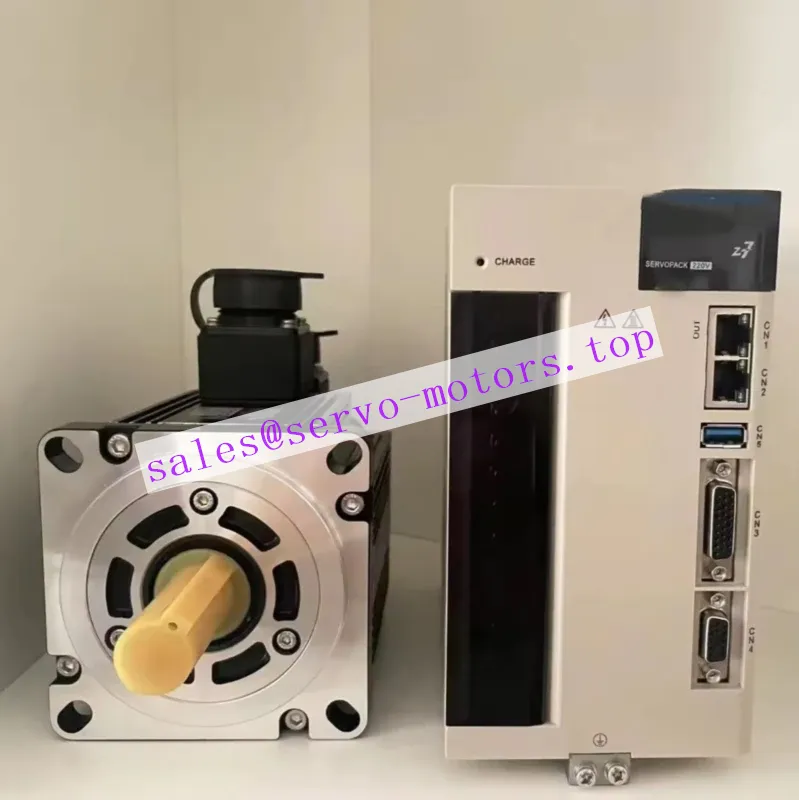
Installation and maintenance of servo motor
Installation of servo motor
1. Install the motor base: Install the motor base in a fixed place to ensure that the base is firmly installed to avoid shaking during operation.
2. Install the servo motor: correctly install the servo motor on the motor base according to the instructions.
3. Install the servo motor driver: Make sure that the connecting cable plug between the driver and the motor is tight and not loose.
4. Connect the power cord: When connecting the power cord, be careful not to connect it directly to the industrial power supply to prevent damage to the motor. At the same time, it is necessary to ensure the stability of the power supply and avoid the impact of voltage fluctuations on the motor.
5. Connect the control lines: Connect the control lines correctly according to the requirements of the control system.
6. Debugging: Follow the debugging steps in the manual to debug the servo motor to ensure it operates normally.
During the installation process, you also need to pay attention to the following points:
If the servo motor is connected to a reducer, an oil seal should be used to prevent oil from the reducer from entering the servo motor.
The bend radius of the cable should be as large as possible to avoid placing excessive tension on the cable.
When installing/removing the coupling component to the servo motor shaft end, do not directly hit the shaft end with a hammer to avoid damaging the encoder.
Ensure that the radial and axial loads on the servo motor shaft are controlled within specified values.
Maintenance of servo motor
1. Cleaning and dust prevention: Clean the servo motor driver regularly and keep the surface of the casing and radiator clean. Use methods such as a soft brush or air pressure blowing to remove accumulated dust and debris. At the same time, pay attention to waterproofing and dustproofing to prevent moisture and dust from entering the inside of the servo.
2. Check the power supply and cables: Check the power cord and connector regularly to ensure that the power supply is stable. At the same time, check the connecting cable between the driver and servo motor to ensure that the plug is tight and not loose.
3. Heat dissipation management: Ensure good ventilation around the servo motor driver to avoid excessive ambient temperature. Regularly check whether the radiator is clean and ensure good heat dissipation.
4. Parameter calibration: Regularly check the parameter settings of the servo motor driver to ensure that parameters such as speed, acceleration, position offset, etc. are correct. If necessary, perform calibration and optimize control parameters for better control performance.
5. Lubrication and maintenance: The lubricating oil used in the servo machine must be ceramic lubricating oil, mineral lubricating oil cannot be used. Generally, lubricating oil is used when replacing motor gears to prevent plastic gears from deteriorating and breaking.
In addition, during the maintenance process, you should also pay attention to the following points:
Maintain the stability of the servo power supply voltage to avoid damage to the servo machine caused by excessive load due to power supply voltage fluctuations.
When storing the servo motor without power, make sure that the storage environment temperature and humidity are within the specified range.
Regularly check the status of the servo motor’s shaft end and bearings to detect and deal with potential damage problems in a timely manner.
Why choose our company?
1. HIGH-QUALITY PRODUCTS: OUR COMPANY IS COMMITTED TO PROVIDING THE HIGHEST-QUALITY SERVO MOTOR. OUR PRODUCTS ARE PRECISION-ENGINEERED AND MANUFACTURED USING ADVANCED MATERIALS TO ENSURE DURABILITY, RELIABILITY, AND CONSISTENT PERFORMANCE.
2. COMPREHENSIVE SERVICE: WE PRIDE OURSELVES ON PROVIDING EXCELLENT CUSTOMER SERVICE. OUR PROFESSIONAL TEAM IS READY TO ANSWER YOUR QUESTIONS, PROVIDE TECHNICAL SUPPORT, AND PROVIDE SOLUTIONS TAILORED TO YOUR NEEDS.
3. COMPETITIVE PRICES: OUR COMPANY OFFERS COMPETITIVE PRICES WITHOUT COMPROMISING QUALITY. WE BELIEVE IN CREATING VALUE FOR OUR CUSTOMERS AND WORK HARD TO ENSURE OUR PRODUCTS FIT EVERY BUDGET.
4. EXCELLENT AFTER-SALES SUPPORT: WE KNOW A PRODUCT IS ONLY AS GOOD AS THE SUPPORT YOU RECEIVE AFTER PURCHASING IT. OUR COMPANY PROVIDES COMPREHENSIVE AFTER-SALES SERVICES, INCLUDING TIMELY REPAIR, REPLACEMENT, AND MAINTENANCE, ENSURING THAT YOUR SERVO MOTOR ARE IN OPTIMAL LONG-TERM CONDITION.
5. RICH PRODUCT RANGE: OUR COMPANY PROVIDES A VARIETY OF SERVO MOTOR SHAFTS TO MEET DIFFERENT APPLICATIONS AND REQUIREMENTS. WE CAN PROVIDE YOU WITH THE RIGHT PRODUCT.
